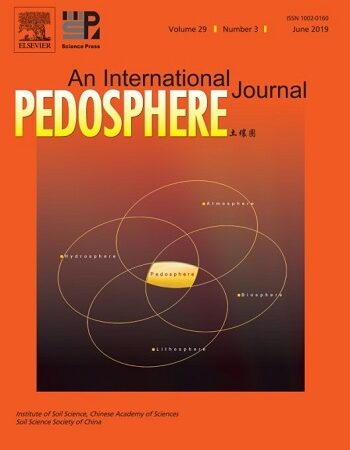
Abstract
Field studies on soil ammonia (NH3) volatilization are restricted in many countries owing to the high costs commonly demanded for accurate quantification. We assessed the accuracy of a simple, open chamber design to capture NH3 under field conditions, as affected by different chamber placement schemes. Urea-15N was surface applied to lysimeters installed in the spaces between maize rows. Open chambers made from plastic bottles were installed on each lysimeter with variations in i) N rates (3, 8, 13, and 18 g m–2), ii) the height of the chamber above the soil surface (0, 5, and 10 mm), and iii) chamber relocation (static vs. dynamic). Reference lysimeters without chambers were used to measure NH3 losses by 15N-balance. Losses of NH3 -N accounted for more than 50% of the applied N. Relocation of the chambers had no impact on their NH3-trapping efficiencies, proving to be an unnecessary procedure. Variation in the height of the chambers above the soil surface affected the capture of NH3, but the results still maintained high linearity with the NH3 losses quantified by the reference method (R2 > 0.98). When the same placement scheme used in the introductory study describing the chamber was utilized (static and touching the soil surface), we found a trapping efficiency of 60%, which was very similar to that (57%) obtained in the previous study. Our results show that this simple, open chamber design can be used with satisfactory accuracy under field conditions, provided that simple, standardized procedures are warranted.








